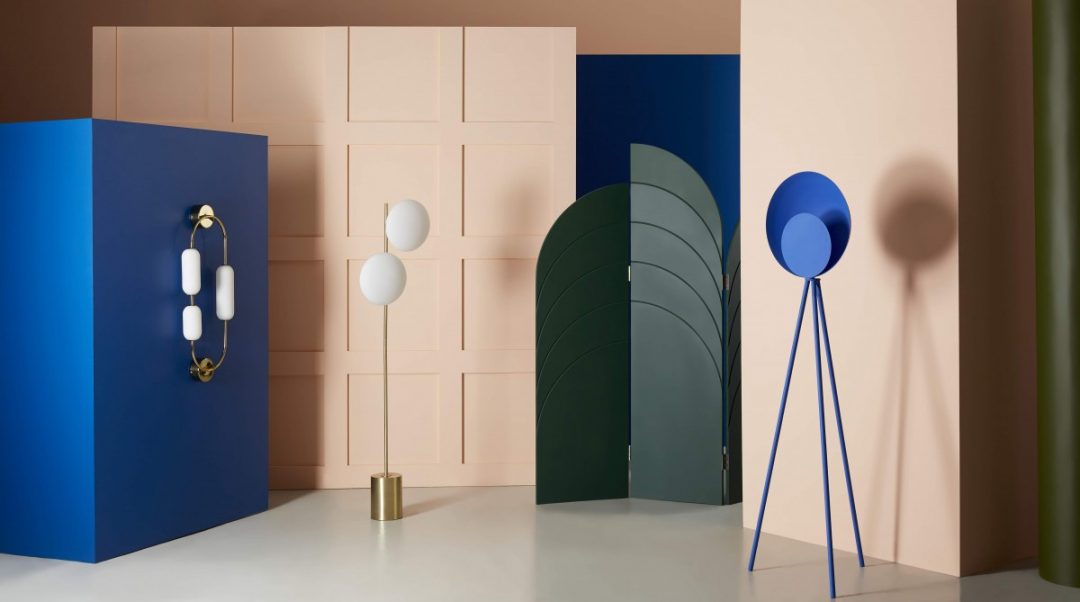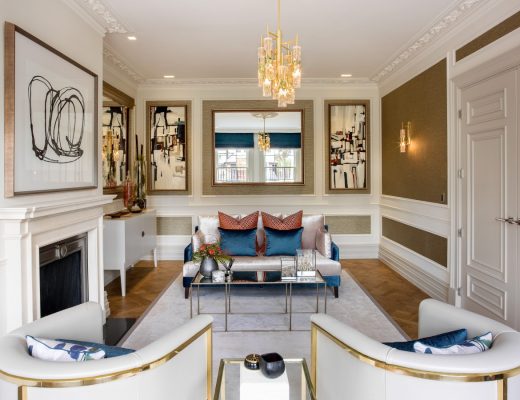It’s widely accepted that LED technology provides more efficiency, generates less heat and is a better source of light for the environment. LED lights also last up to 25 times longer than traditional bulbs, making them a seriously cost effective option. However, the lighting options available are sometimes incorrectly cast as being overbearing, excessively bright and breakages are often perceived as being non replaceable.
Let’s stop throwing shade on LED lighting and introduce you to the latest trends that will change your opinion.
From Stark To Warm
Creating a relaxing ambiance with LED involves considering the refraction from the bare bulb against the fixture surface. Carefully crafted panelling and framing of the filament allows for the creation of a reflection, which gives off a softer diffused light. Frosted glass also takes the edge off the crispness of the bulb itself making for a much warmer, cosier light and illuminating glow.
Lighting For Body & Mind
Over the last decade consumers have become increasingly conscious of how their environment and daily habits impact their health. It should come as no surprise that in 2020 many lighting brands are embracing recent advances in LED technology to boost concentration and compliment sleeping patterns through scientifically led human-centric design.
One recent example of this is warm sunrise style LED lighting to help with SAD symptoms in darker climes, which can even help you rise in the morning more easily. Sounds like a winner to us!
A Full Spectrum Of Colour
Gone are the days of standardised white LED lamps. Today’s LED tech allows us to generate the entire RGB colour system which offers a variety of beautiful warm and cool hues and tones that function with high-efficiency levels. This offers a great way to experiment with colours and bring more character to your living or commercial space.
Shifts In Tone
LED light bulbs typically come in three main colour temperatures, measured on the Kelvin Scale – extra warm white (2700k), warm white (3000k) and cool white (4000k). With advances in production techniques, we expect to see a gradual transition to even more increments of colour temperature becoming widely available.
Subtle distinctions between warm colours in commercially available bulbs will allow for greater flexibility with using LED to create mood lighting for a variety of spaces.






